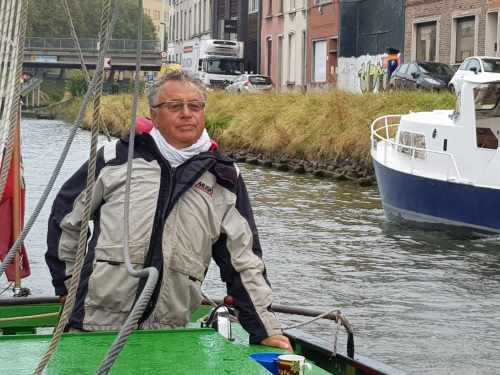Share this story!

Leigh On Sea News. Foreshore Facts – Letter from: Coun Paul Gilson & Chairman of the National Federation of Fishermen’s Organisations.
Foreshore Facts - Letter from: Coun Paul Gilson & Chairman of the National Federation of Fishermen’s Organisations.
Letter from: Coun Paul Gilson & Chairman of the National Federation of Fishermen’s Organisations.
SIR, I am getting very concerned by the social media frenzy on items and events taking place on our foreshore. Pollution and sharks stand out and they need to be addressed.
I will address the “shark problem” first. The fish in question is a smooth hound, an elasmobranch, a member of the shark family. A sport and commercially fished species very common in the Thames, it is delicious and has many names at your chippy, “Rock” being possibly the most common.
Their numbers are growing and the population continues to expand. Hence, they are coming to the clean waters of our foreshore to feed on the rich pickings found there.
Are they dangerous? No, quite simply they have no teeth, in Australia they are called “gummy sharks”. They have a mouth like a skate not of a predatory toothed shark, they eat mostly crabs and shell fish. They are harmless and no threat to humans.
Pollution: I attended a meeting on Friday July 28 hosted by our local MPs Anna Firth and Sir James Duddridge at Sea-life Adventure.
We listened to a presentation from Anglian Water on storm water discharges. There has been much on social media about these discharges and, which in my opinion are often close to hysteria. It is rain water that occasionally overwhelms the system and some grey water/sewerage is released with it into the sea.
Why is the system being over- whelmed? We have concreted over so much of our city; driveways and new factory units stop the rain water from soaking away. The surface water has nowhere to go other than straight to the drains thereby overwhelming the system. It is not helpful when the drains are blocked by un flushable materials causing many of the recent over flows.
Anglian Water is well aware of the problem and stated that £162,000,000 was being invested in new infrastructure to combat the growing problem. Another £200,000,000 will be spent on storm drains alone. We will get more details at the next meeting, but it was a positive statement.
What was very clear was the number of ways the public were being made aware of these discharges in social media etc. many of the alerts were false or fake. It is clear one system is needed not the multiple systems we currently have.
There have been claims that sewage was being seen along the beaches as the tide comes in, a thick brown scum. Far from being sewerage it is a natural protein of seabed life according to CEFAS, (Centre for Environment Fisheries and Aquaculture Science).
Another claim was that the environment was suffering: the evidence is very clear, it is not.
Smooth hounds and bass are now very common and can be caught in very good numbers from our beaches. Octopus and wrasse (a relatively new species to the area), can be found at the end of the pier, clams and oysters abound. Brent geese, egrets and waders of many types and now even crows and starlings feed on the mudflats in ever-growing numbers.
75,000 seals live in the greater Thames and a resident gam of porpoise live between the Isle of Sheppey and Southend according to the Zoological Society of London.
I am of an age where we would swim among vast numbers of condoms – Thames trout they were called, we knew no different. The main sewer discharged brown liquid often coming back direct to the beaches on the flood tide, this does not happen now. A new sewer was built taking a much cleaner discharge further to sea; it cannot make the beach.
93% of our beaches now have good to excellent status compared with only around 50% twenty years ago.
It is not perfect, there is always room to improve, but we are seeing those improvements and have been promised more.
Read more.
Visit: https://leigh-on-sea.news
Facebook: https://www.facebook.com/leighonsea.news
Contact us. Visit: https://leigh-on-sea.news/contact-us
Twitter: @leighonsea_news
Instagram: https://www.instagram.com/leighonsea.news
